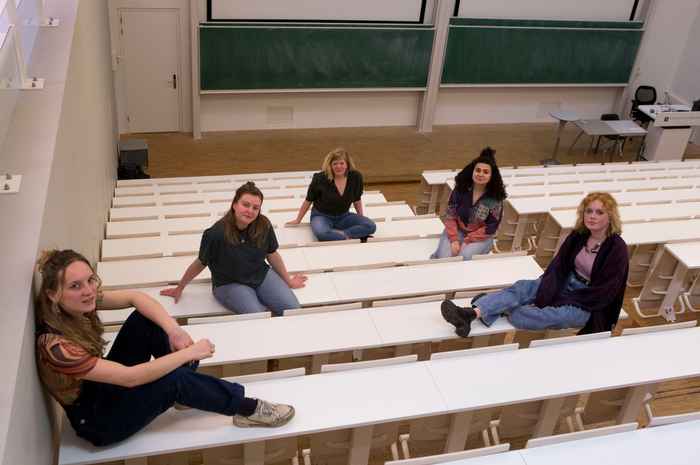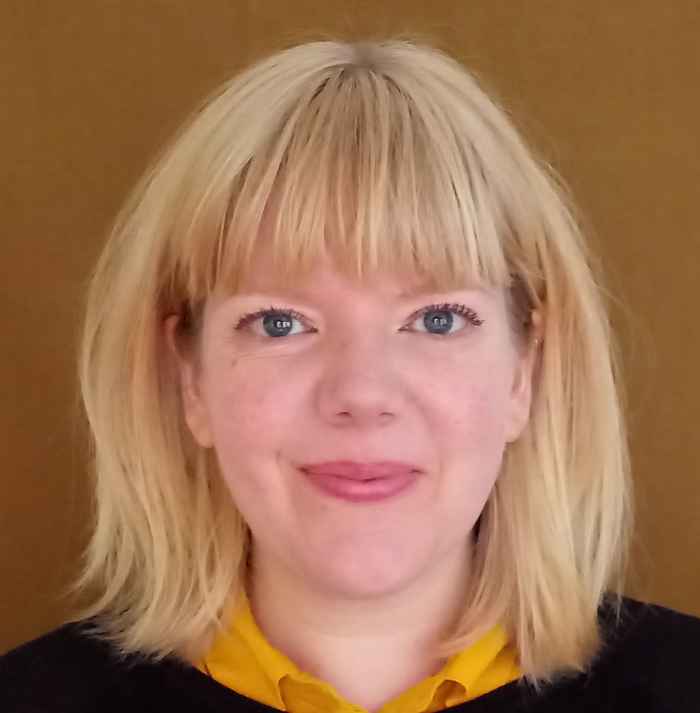The Noise Gap
Interactive art project on gender bias

The artwork is a sound installation of different speakers, from which abstracts of scientific publications about, and personal experiences with, gender bias in science can be heard in a whisper tone. The visitor can hear the buzz of voices when standing in the middle of the room. Moving closer to one of the speakers, an individual story can be heard.
The goal of this artwork, initiated by Mieke de Roo, Cile van Marken, Annabel Zwarts, Hilal Demirel and Simone Flipse, is to raise awareness of gender bias and start the dialogue among students and staff of the university and beyond.
At the Faculty of Science, for example, only 31% of all academic staff are women. And the higher the position, the fewer women there are: Of all professors, only 16% are women (Faculty of Science, 2020). Women are seen as less talented (Leslie, et al, 2015), female students and academics are less likely to receive research funding (Vanderlee & Ellemens, 2015), and equal CVs for academic positions are rated higher for men than for women (Moss-Racusin, et al, 2015). Female lecturers are expected to do more emotional labour and students ask them for favours more often (El-Alayli, et al, 2018). At the same time, they are disadvantaged in student evaluations (Wagner, et al, 2016). These are just a few examples of gender bias. However, research demonstrating gender bias is undervalued by men (Handley, et al, 2015).
Continuously changing
During the exhibition of the work in the spring of 2022, all visitors had the opportunity, after having seen and heard the work, to make their own contribution which was then included in the sound loops that could be heard in the room. In this way, the artwork continued to change through the participation of the academic community at the Science Park campus.
Listen to the NAP Nieuws podcast to get a taste of The Noise Gap [in Dutch].
